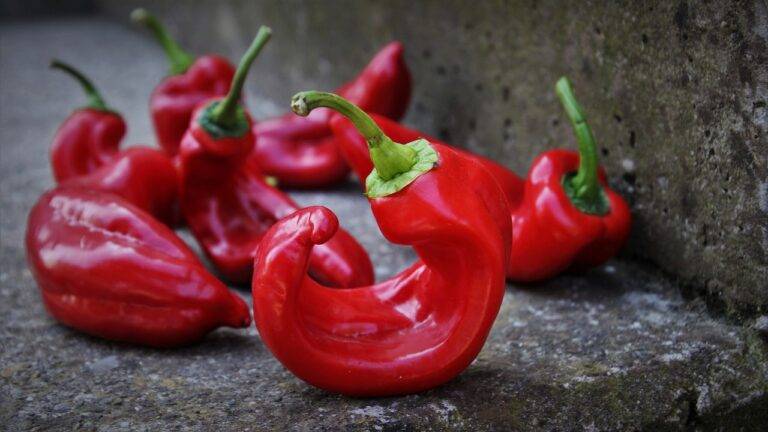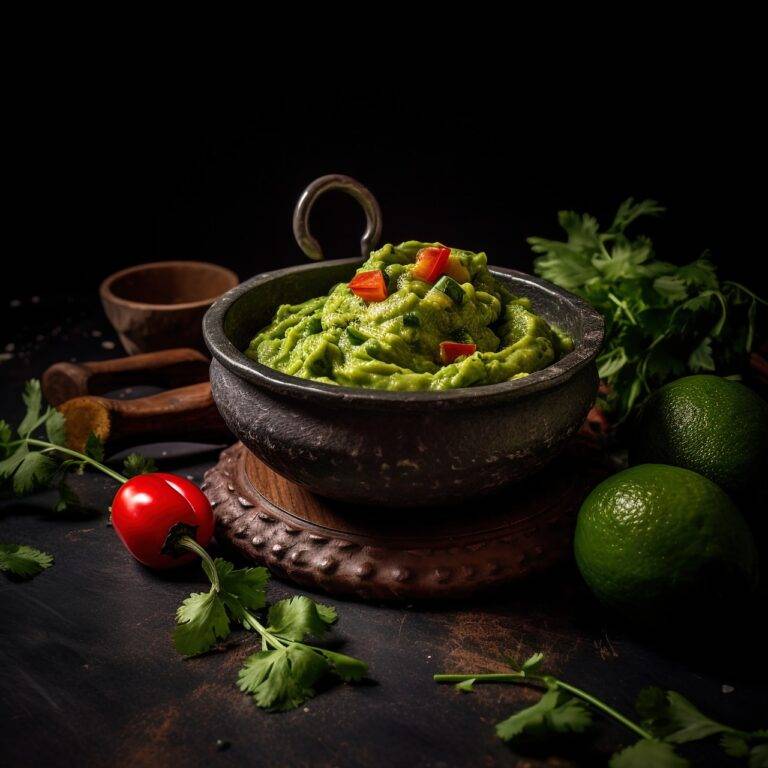A Guide to Cooking with Root Vegetables
Root vegetables, like carrots, beets, and sweet potatoes, are not only delicious but also pack a powerful nutritional punch. They are rich in essential vitamins and minerals, such as vitamin C, potassium, and fiber, which are important for maintaining a healthy diet.
Incorporating root vegetables into your meals can provide a good source of energy and help in digestion due to their high fiber content. Additionally, they add depth and earthy flavors to dishes, enhancing the overall taste and making them a versatile ingredient in various cuisines. So, next time you are at the grocery store, be sure to pick up some vibrant and nutrient-rich root vegetables for your next culinary creation.
Selecting the Freshest Root Vegetables
When choosing root vegetables, opt for ones that feel firm and heavy for their size. Avoid any vegetables that appear soft or shriveled, as this is a sign of age or improper storage. Look for vibrant colors and smooth skins, which indicate freshness and quality.
Additionally, inspect the tops of root vegetables like carrots and beets – they should be fresh, green, and not wilted. For turnips and radishes, ensure the roots are plump and free of blemishes. By carefully examining these characteristics, you can select the freshest root vegetables for your culinary creations.
Proper Storage Techniques for Root Vegetables
Storing root vegetables properly is essential to maintain their freshness and flavor for an extended period. After purchasing root vegetables, it is crucial to remove any greens or tops attached to them as they can draw moisture from the roots and cause them to spoil quickly. For optimal storage, it is recommended to store root vegetables in a cool, dark place with good ventilation to prevent them from sprouting or becoming soft.
Carrots, beets, and radishes can be stored in the refrigerator crisper drawer in a perforated plastic bag to regulate humidity levels and prevent them from drying out. Potatoes and onions should be stored in a cool, dark, and dry location, such as a pantry or cellar, to prevent them from sprouting or developing green spots. By following these simple storage techniques, you can prolong the shelf life of root vegetables and enjoy their freshness in your meals.





